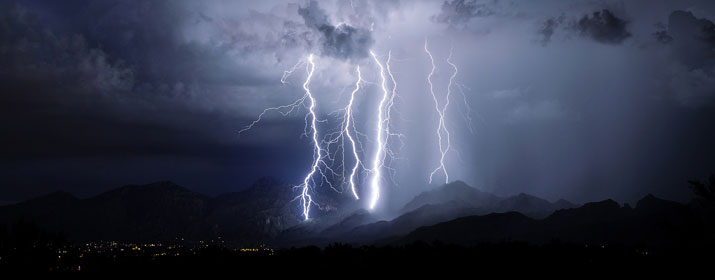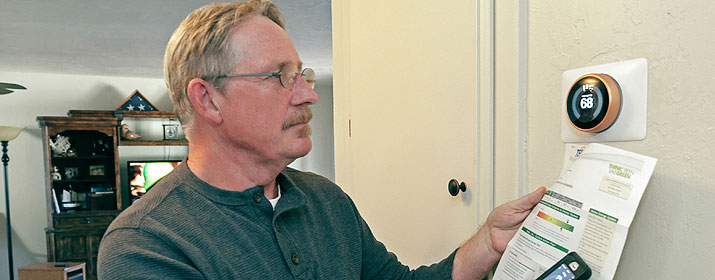
As triple-digit temperatures and summer storms approach, Tucson Electric Power is well prepared to serve our customers, thanks to five key factors.
From investments that strengthen the local energy grid, to energy reserves and regional interconnections, we’re building on the reliability and resilience of our system to ensure we’re ready to deliver power around-the-clock, even in extreme weather.
“The steps we’ve taken to prepare our grid really underscore the importance of reliability and how it contributes to public health and welfare during severe weather,” said Cynthia Garcia, Vice President of Energy Delivery.
Grid investments: Our local grid is a complex system that requires ongoing maintenance and upgrades. Our crews proactively inspect, repair, and upgrade the lines, poles and other equipment throughout our service territory, which covers 1,155 square miles. In 2020, we invested $155 million in new and upgraded substations and power lines. We also made significant improvements to TEP’s transmission system. We’re continually reinforcing our system with steel poles that are less likely to be damaged by storm winds. Our most recent scores reflect 99.99% reliability – a testament to the responsiveness of our crews, as well as a robust system that holds up to harsh summer weather conditions.
Diverse energy mix: As we expand our use of wind and solar energy, flexible natural gas-fired resources are increasingly important to help manage the variable energy production of these systems. Ten new reciprocating engines at our H. Wilson Sundt Generating Station in Tucson start quickly and are highly efficient, so they’re ready to replace renewable production when clouds block the sun or wind patterns shift. We’re also bringing more battery storage systems online, and we keep 35 days of fuel on hand at our Springerville Generating Station to ensure those coal-fired units are available when we need them.
Healthy reserves. To support resiliency and readiness, we make sure we have access to more energy than we expect to need – about 15-20 percent more than we anticipate customers will use during the summer. We achieve this by completing preventative maintenance of our own generators before summer begins and though advance purchase agreements with other energy providers who sell power on the wholesale market.
Wildfire preparation: Wildfires across the state are always a concern in hot, dry conditions. While most of our service territory is in urban, unforested areas, wildfires can threaten some parts of our system, including transmission lines and remote communications equipment. To reduce the risk that wildfires will cause outages, we examine every line in our system on two-year cycles, with aerial and ground inspections, and trim trees and other vegetation away from our facilities. This proactive approach helps us head off future outages by identifying repair needs before they become bigger problems.
Emergency preparation. Even the best plans can sometimes fail – which is why we plan for that, too. If local utilities don’t have enough energy resources to satisfy demand, they must quickly reduce electric use to avoid outages that could cascade across the regional grid. TEP and other energy providers conduct drills to prepare for these scenarios, which ideally involve short service interruptions for different groups of customers – so-called “rolling blackouts” – until the emergency is resolved.
TEP also prepares for longer, more widespread outages that might result from extreme weather events. We conduct periodic emergency response drills each year help ensure we’re up to date on grid recovery procedures. We participate in regional black start drills to practice recovering from a total or partial shutdown of the system and ensure our backup control center is operational.
In addition to weekly wildfire updates and quarterly meetings with first responders to ensure a coordinated response, we run storm preparation meetings across all departments. We also keep emergency equipment on hand at all times, including emergency towers, as well as spare poles and transformers.
“By anticipating issues in advance and taking proactive measures that ensure reliable, affordable energy, we’re prepared for whatever comes next,” Garcia said.






